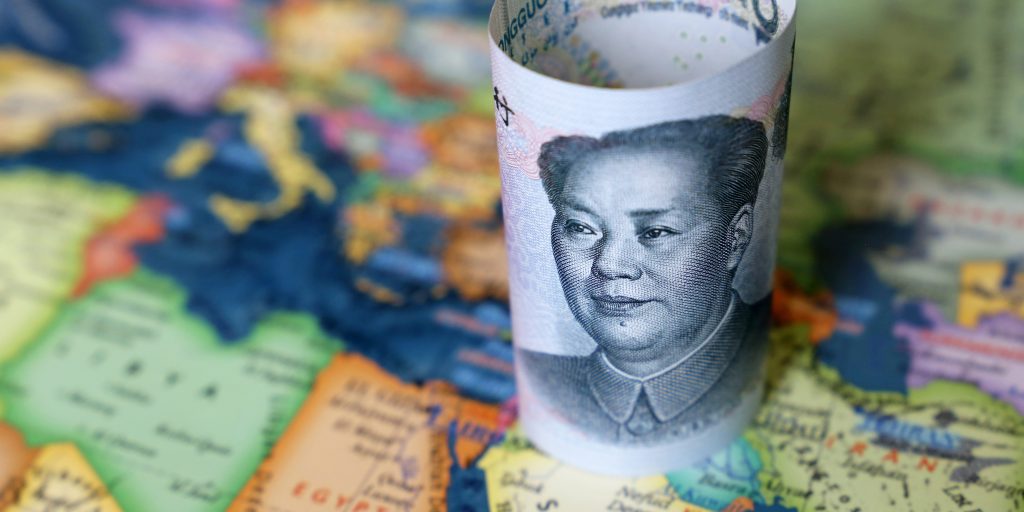- Russian oil and coal purchased in yuan will arrive in China soon, Bloomberg reported.
- China and Russia are attempting to maintain energy trade even while other nations cut off Russian imports.
- In May, the first cargoes of Russian oil purchased in yuan will arrive at refiners in China.
China is buying Russian oil and coal with its local currency as Western sanctions on Moscow spur trade deals that don't rely on the US dollar.
In March, several Chinese firms used yuan to purchase Russian coal, which will begin arriving this month and mark the first commodity shipments purchased in China's currency since the war in Ukraine began, Bloomberg reported.
Meanwhile, the first shipments of Russian oil purchased in yuan will arrive at independent Chinese refiners in May, sources told Bloomberg.
Such deals are typically priced in dollars. But Western sanctions imposed on Russia after it invaded Ukraine have largely cut off Moscow from the global financial system. And while Russian energy wasn't targeted in the initial waves of sanctions, the US and Europe are more aggressively hitting that sector as evidence of war crimes in Ukraine continues to mount.
As the US leverages the power of the dollar to punish Russia economically, some countries are looking at other currency arrangements.
For example, the Indian and Russian governments have held talks to reinstate a rupee-ruble ledger for the first time since the Cold War. Saudi Arabia and China have discussed a yuan-based oil deal as well.
Experts have speculated that China will look to alter the status quo away from the dollar by pushing the yuan even more aggressively onto the world stage.
"Other countries' need for dollars exposes them to the US financial sector, and consequently gives the US political leverage," economist Aleksandar Tomic told Insider previously.
The effectiveness of the West's sanctions against Russia has worked as a wake-up call for countries seeking to reduce their reliance on the dollar, he added.
For now, the dollar's dominance is firmly established, as it accounted for nearly 90% of foreign-exchange transactions in 2019, compared to just over 4% for the yuan, per Bank for International Settlements.
